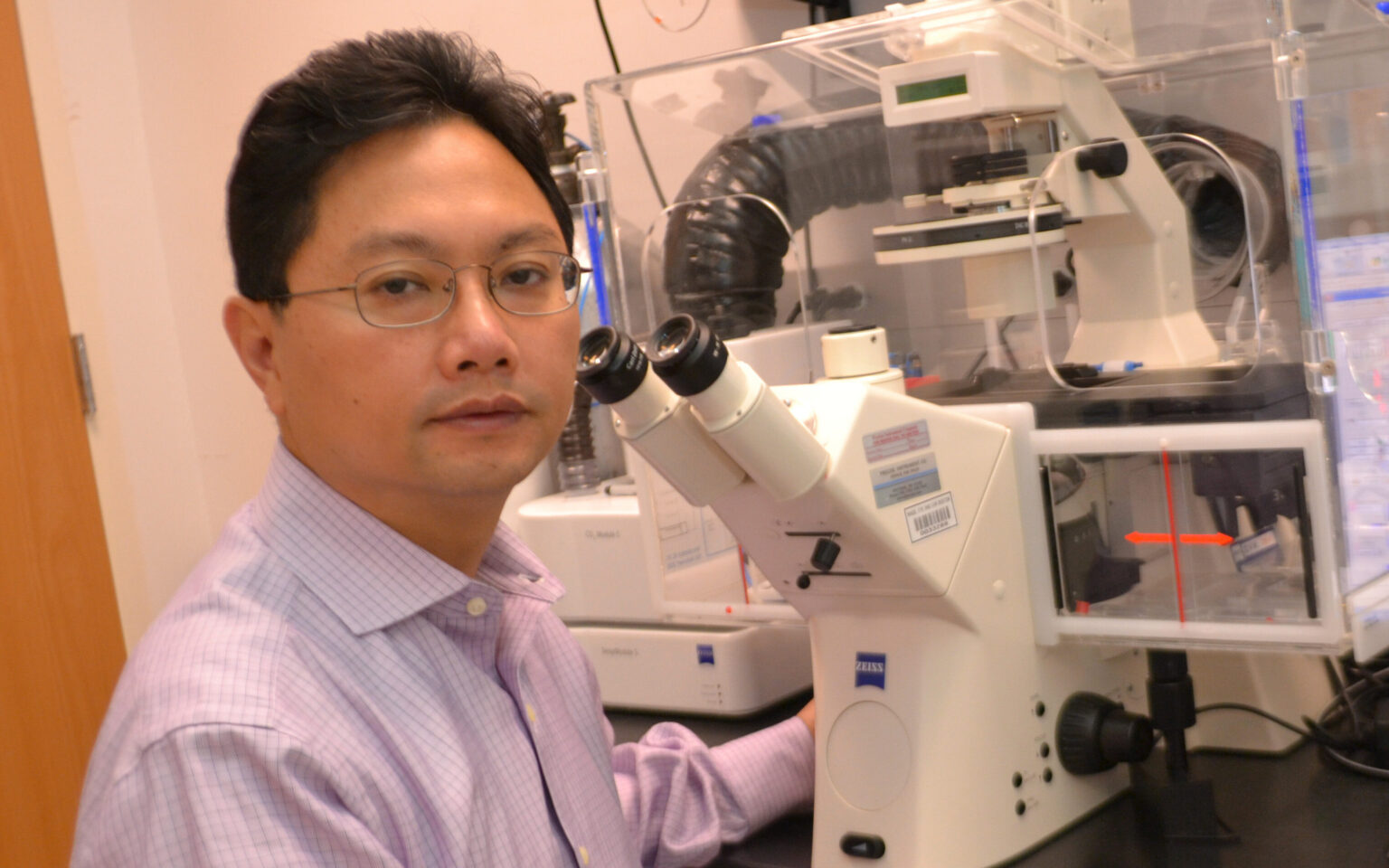When an ear infection needed surgery, Kentucky Children's Hospital physicians stepped up
University of Kentuckyacey Cundiff knew she had to say something. Her five-year-old daughter had been sick for days, bouncing between visits to their family doctor and local emergency room — but no one had been able to provide a solid diagnosis. Lacey and her daughter, Anna Kerri, had been directed to UK HealthCare’s Makenna David Pediatric Emergency Center. For any mom, seeing her daughter in an emergency room bed late at night was both scary and intimidating, but the doctor leaning over Anna Kerri’s bed put Lacey at ease.




































